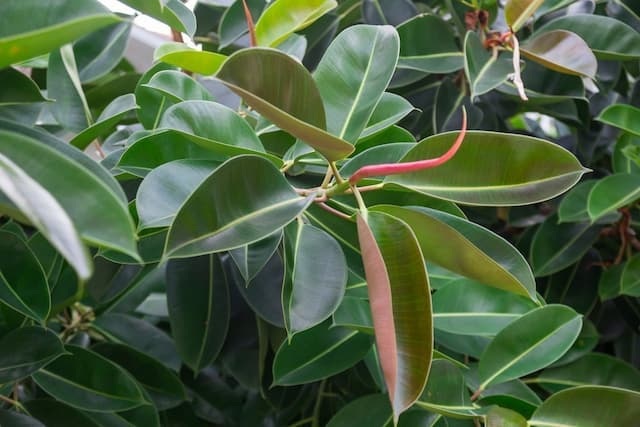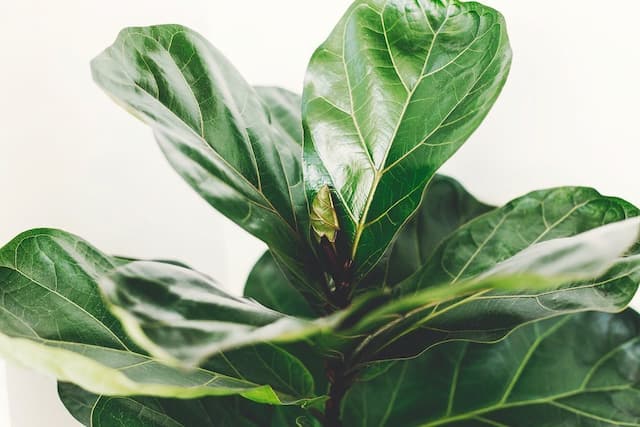Mistletoe Fig Ficus deltoidea
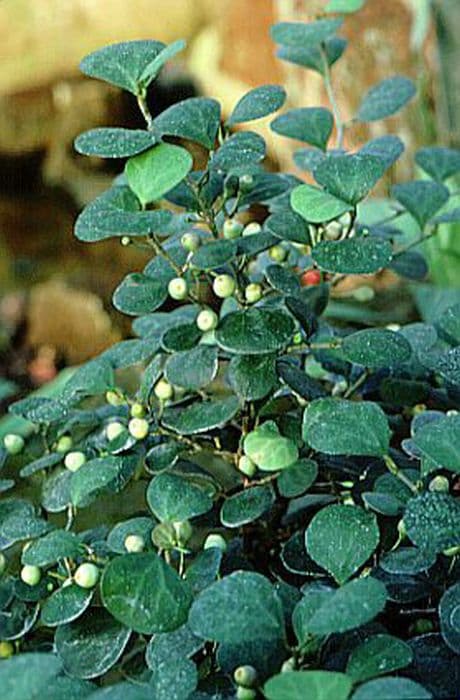
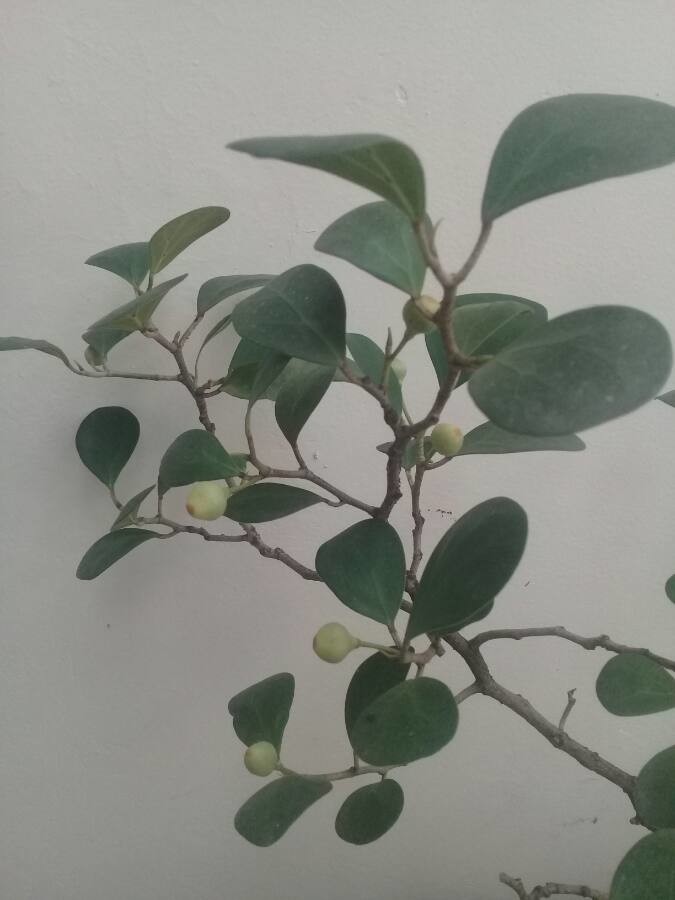
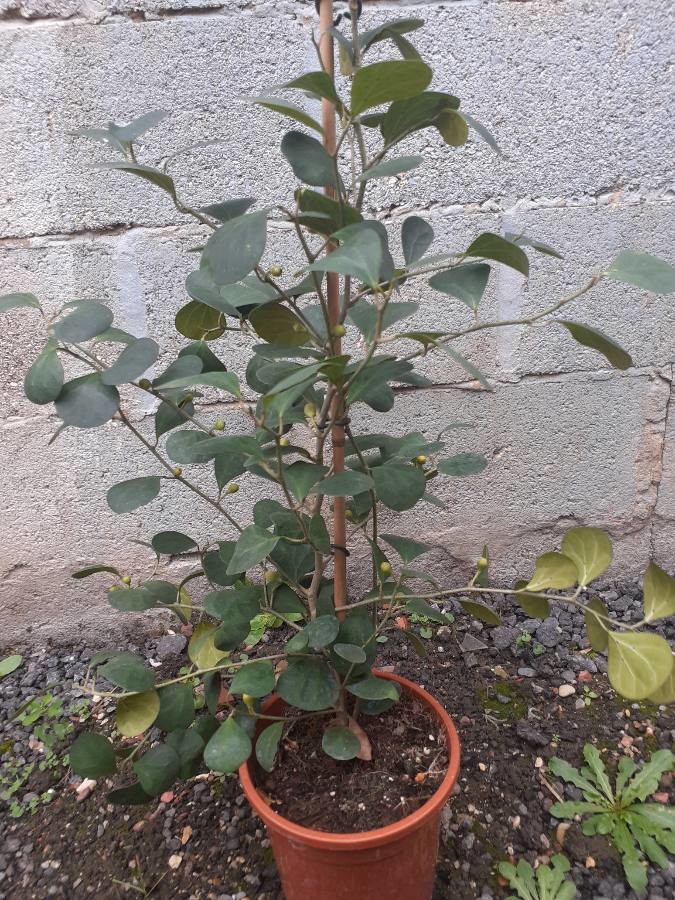
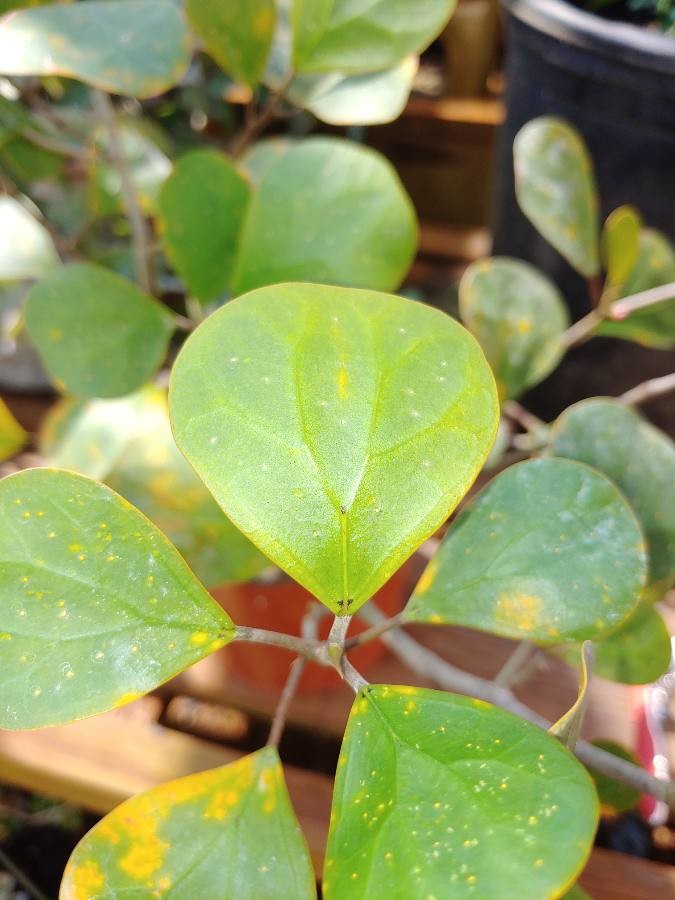
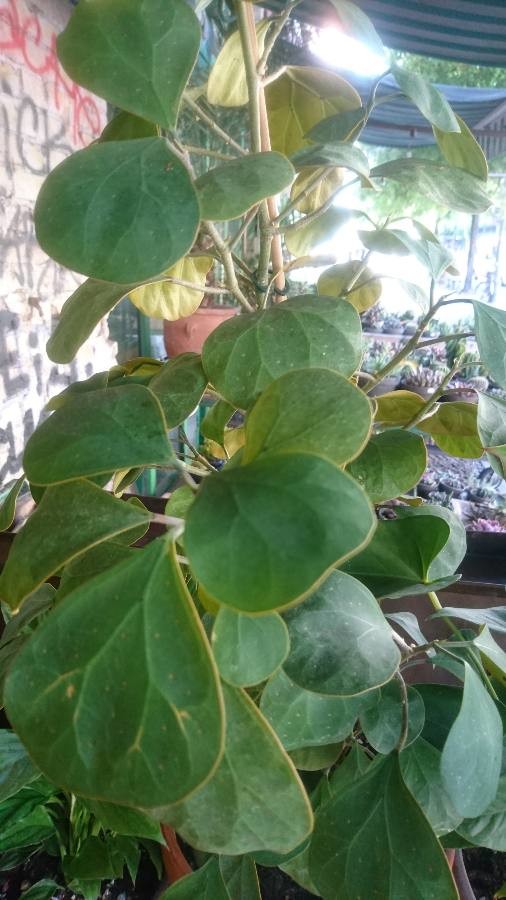
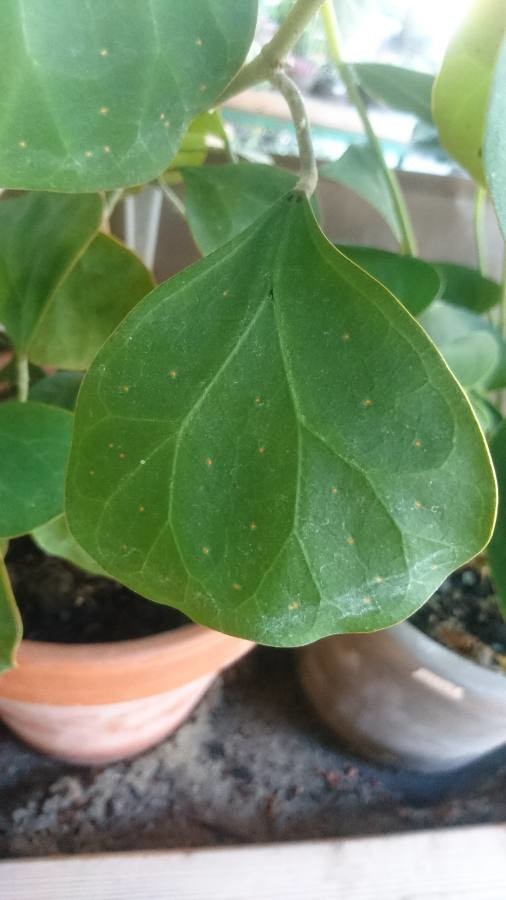
ABOUT
Ficus deltoidea, commonly known as mistletoe fig, is a plant with a distinctive appearance, characterized by its unique foliage and growth pattern. The leaves of the mistletoe fig are typically small and waxy, with a thick, leathery texture. They exhibit a delta or triangular shape, often with a broad base tapering to a pointed tip, which is a defining feature of the plant. The mistletoe fig's leaves are glossy and may range in color from a vibrant green to a darker shade, sometimes with a hint of yellow or bronze. They are arranged alternately along the branches, contributing to the dense and bushy appearance of the plant. The surface of the leaves can have visible veins, adding to their textured look. This plant is also noted for its small, inedible fruits which resemble mistletoe berries – hence the common name. These fruits are usually small and round, starting out green and turning to a yellowish or reddish hue as they mature. In its natural habitat, the mistletoe fig may produce tiny flowers that are encased in a pod-like structure, although these flowers are often inconspicuous and not a significant feature when cultivated as a houseplant. The overall shape of the mistletoe fig can vary from a compact, bush-like form to a more sprawling or trailing habit, depending on the specific variety and growing conditions. It is often grown as an ornamental plant because of its attractive foliage and the ease of care it generally requires. Despite being tropical in origin, the mistletoe fig is quite versatile and is able to adapt to different indoor environments, making it a popular choice for plant enthusiasts.
About this plant
 Names
NamesSynonyms
Mistletoe Fig, Mistletoe Rubber Plant, Golden Mistletoe Fig
Common names
Ficus diversifolia, Ficus diversifolia var. borneensis, Ficus diversifolia var. kunstleri, Ficus kunstleri, Ficus vaccinioides.
 Toxicity
ToxicityTo humans
Ficus deltoidea, commonly known as mistletoe fig, is not widely reported to be highly toxic to humans. However, as with many plants in the Ficus genus, the sap can cause skin irritation or allergic reactions in some individuals. If ingested, the leaves may be slightly toxic and can cause stomach discomfort, vomiting, or diarrhea. It's generally advisable to avoid eating any part of houseplants and to keep them out of reach of children, who might be tempted to taste them.
To pets
The mistletoe fig is considered toxic to pets, such as dogs and cats. If ingested, parts of this plant can cause irritation to the mouth and gastrointestinal tract leading to symptoms such as drooling, vomiting, or diarrhea. Ingesting the plant can also potentially lead to more severe reactions like difficulty breathing or swallowing, and on rare occasions, ingestion could cause skin irritation or an allergic reaction. If you suspect your pet has ingested any part of a mistletoe fig, contact a veterinarian.
 Characteristics
CharacteristicsLife cycle
Perennials
Foliage type
Evergreen
Color of leaves
Green
Height
2-3 feet (0.6-0.9 meters)
Spread
1-2 feet (0.3-0.6 meters)
Plant type
Shrub
Hardiness zones
10
Native area
Southeast Asia
Benefits
 General Benefits
General Benefits- Ornamental Appeal: Ficus deltoidea, commonly known as mistletoe fig, has a unique leaf shape and lush greenery that make it a popular decorative plant for homes and gardens.
- Low Maintenance: Mistletoe figs are relatively easy to care for, requiring minimal maintenance which is ideal for busy plant owners or those new to gardening.
- Adaptability: It is adaptable to a range of environmental conditions, allowing it to thrive both indoors and outdoors in various climates.
- Compact Size: With its compact growth habit, the mistletoe fig is suitable for small spaces and can be easily managed in pots or small garden areas.
- Can be Shaped: The plant is amenable to shaping and pruning, which makes it a favorite for hobbyists who enjoy topiary or bonsai.
- Drought Tolerant: Ficus deltoidea exhibits good drought tolerance once established, making it a resilient choice for xeriscaping and water-conserving gardens.
- Evergreen Character: As an evergreen plant, the mistletoe fig maintains its foliage throughout the year, providing continuous greenery and visual interest.
- Pollinator Attractant: The flowers of the mistletoe fig can attract certain types of pollinators, which can benefit the ecological balance of a garden environment.
- Cultural Significance: In some cultures, the mistletoe fig is associated with good luck and prosperity, making it a meaningful gift or addition to one's space.
 Medical Properties
Medical Properties- Antioxidant activity: Ficus deltoidea extracts have been shown to exhibit antioxidant properties, which can help in neutralizing harmful free radicals in the body.
- Antidiabetic effects: The plant has been traditionally used to manage blood sugar levels in diabetic patients.
- Anti-inflammatory properties: It has compounds that are reputed to reduce inflammation, potentially benefitting conditions with an inflammatory component.
- Analgesic effects: Ficus deltoidea is also known for its pain-relieving properties and has been used to alleviate different types of pain.
- Antimicrobial activity: Certain extract components have been observed to have activity against microbes, which could help in fighting infections.
- Wound healing: The juice or extracts from the plant may be applied topically in traditional medicine to promote wound healing.
- Gastroprotective effects: There is evidence suggesting that this plant may protect against ulcers and manage other gastrointestinal disorders.
- Antihypertensive effect: Ficus deltoidea has been researched for its potential role in lowering blood pressure.
- Antitumor properties: Some studies suggest that compounds in the plant may have effects against certain types of tumors.
- Immunomodulatory activity: The plant may influence immune system function, potentially enhancing the body's resistance to certain diseases.
 Air-purifying Qualities
Air-purifying QualitiesThis plant is not specifically known for air purifying qualities.
 Other Uses
Other Uses- Ficus deltoidea leaves are traditionally used as a natural dye, imparting a yellow or greenish color to fabrics when used in the dyeing process.
- The sap of Ficus deltoidea is utilized as a natural adhesive in some cultures for minor repairs or craftwork.
- Ficus deltoidea branches can be fashioned into simple instruments or tools, such as garden stakes due to their straight and sturdy nature.
- The wood of Ficus deltoidea, although not a primary timber source, may be used in making lightweight items, such as frames for traditional kites or small handicrafts.
- The thick, waxy leaves can be used as natural disposable plates or wrappers in outdoor settings or during traditional events.
- In certain regions, the leaves serve a purpose in rituals or ceremonies, symbolizing peace or prosperity when placed as offerings.
- Ficus deltoidea can be shaped into living fences or hedges, providing a natural boundary for properties or agricultural land.
- The fruits, although not widely consumed, can sometimes be used to feed livestock or attract wildlife within a sustainable ecosystem.
- The texture and patterns of the bark may be used in creating casts or imprints for art projects or patterns in pottery and clay works.
- Cultivated ornamental varieties of Ficus deltoidea are used for landscaping and adding greenery to urban environments, parks, and gardens due to their attractive foliage and shape.
Interesting Facts
 Feng Shui
Feng ShuiThe Ficus deltoidea, commonly known as Mistletoe Fig, can be used in Feng Shui by placing it in the wealth corner of a home or office (southeast) to attract good fortune or in the east to promote health and longevity, embodying the wood element with its growth and vitality.
 Zodiac Sign Compitability
Zodiac Sign CompitabilityThe Mistletoe Fig is not used in astrology practice.
 Plant Symbolism
Plant Symbolism- Resilience: Ficus deltoidea, commonly known as the Mistletoe Fig, is a resilient plant that can thrive in various conditions, symbolizing the ability to withstand and adapt to life's challenges.
- Perseverance: The Mistletoe Fig's hardy nature represents determination and the capacity to persevere through difficulties.
- Home and Hearth: As a domesticated plant often kept indoors, the Mistletoe Fig can symbolize the comfort and stability of home life.
- Health and Well-being: With traditional uses in herbal medicine, the Mistletoe Fig is associated with physical and spiritual healing.
- Protection: In some cultures, the Mistletoe Fig is believed to offer protection due to its evergreen nature and historic mythological associations.
 Water
WaterThe Mistletoe Fig should be watered thoroughly when the top inch of the soil feels dry to the touch. Generally, watering every 7-10 days will suffice, but frequency should be adjusted according to humidity, temperature, and light exposure. It’s important not to overwater; ensure excess water can drain freely to avoid root rot. An approximate amount of 8-16 ounces of water should be adequate for a small to medium-sized plant. Always check the soil moisture before watering to tailor to the plant's needs.
 Light
LightThe Mistletoe Fig thrives in bright, indirect light but can tolerate some direct sunlight. However, too much direct sun can scorch the leaves. The ideal spot for this plant is near an east or west-facing window, where it will receive ample light without the risk of damage from harsh sun rays.
 Temperature
TemperatureThe Mistletoe Fig prefers warm and stable temperatures between 60 to 75 degrees Fahrenheit but can survive in temperatures as low as 55 and as high as 85 degrees Fahrenheit. Avoid placing the plant in drafty areas or near heating and cooling vents, as extreme temperature fluctuations can stress the plant.
 Pruning
PruningPruning the Mistletoe Fig promotes bushier growth and helps maintain its shape. It should be pruned in the early spring before new growth begins. Trim back any overgrown branches or leggy growth to encourage fuller growth. The frequency of pruning will depend on the desired size and shape of the plant but is typically done annually.
 Cleaning
CleaningAs needed
 Soil
SoilThe best soil mix for the Mistletoe Fig (Ficus deltoidea) should be well-draining and rich in organic matter. A mix of two parts peat, one part pine bark, and one part coarse sand or perlite is ideal. The soil pH should be slightly acidic to neutral, ranging between 5.5 to 7.0.
 Repotting
RepottingMistletoe Figs should be repotted every two to three years to ensure they have room for growth and fresh soil. Choose a pot that is one size larger than the current one to allow for moderate growth.
 Humidity & Misting
Humidity & MistingMistletoe Figs thrive in high humidity levels, ideally between 60-80%. Additionally, creating a humid environment around the plant by misting or using a humidifier can be beneficial.
 Suitable locations
Suitable locationsIndoor
Provide bright, indirect light and high humidity.
Outdoor
Plant in partial shade with protection from wind.
Hardiness zone
10-12 USDA
 Life cycle
Life cycleFicus deltoidea, commonly known as Mistletoe Fig, begins its life cycle with seed germination, which requires a warm and humid environment for the seed to sprout. Once germinated, the seedling grows into a juvenile plant, developing a robust root system and its characteristic deltoid (triangular-shaped) leaves. As it matures into an adult plant, it produces tiny flowers enclosed within a structure called a syconium, which is uniquely characteristic of figs. Pollination occurs with the help of specific wasps that enter the syconium to lay their eggs, facilitating the pollination process in a mutualistic relationship. Following successful pollination, the plant develops small fruit also contained within the syconium, which ripen and eventually release seeds when consumed by birds or other animals, thus facilitating seed dispersal. The cycle continues as these seeds find suitable conditions to germinate and grow into new Mistletoe Fig plants.
 Propogation
PropogationPropogation time
Spring-early summer
The Ficus deltoidea, commonly known as Mistletoe Fig, can be propagated most effectively through stem cuttings. This method is popular for its simplicity and high success rate. To propagate by stem cuttings, a healthy stem with several leaves is cut, usually at a length of 4 to 6 inches (10 to 15 centimeters). The lower leaves are then removed, and the cut end of the stem is dipped in rooting hormone to stimulate root growth. The cutting is then placed in a well-draining soil mix and kept moist but not waterlogged. It's important to provide a warm environment and indirect light to encourage rooting, which typically begins in a few weeks. Once established with a strong root system, the new plant can be transplanted to a larger pot or a permanent location.
